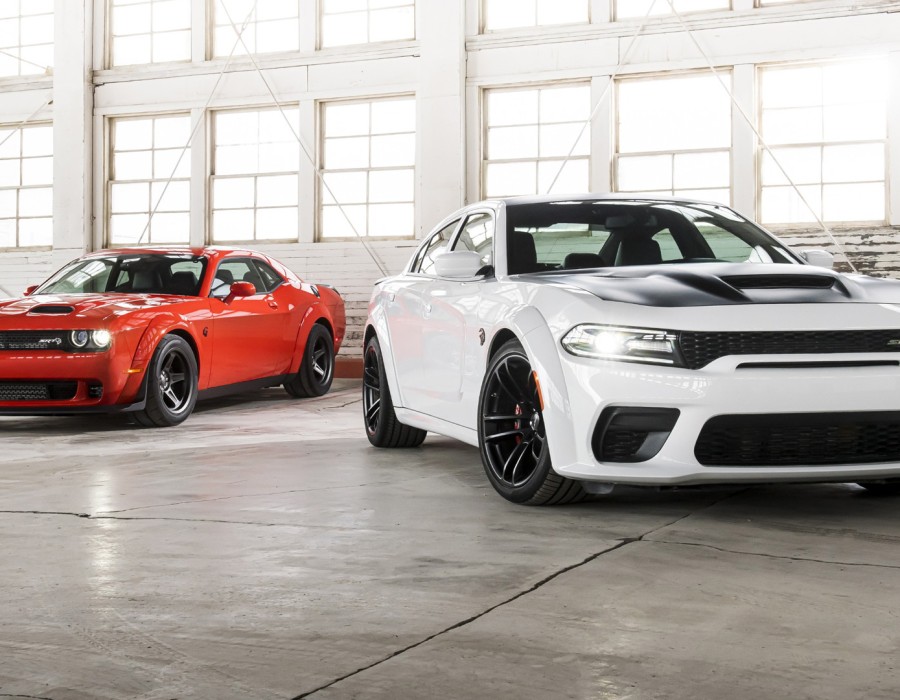The History of the Ford Mustang Muscle Car - Mike Savage of New Canaan, CT
Nestled in the scenic town of New Canaan, Connecticut, Mike Savage, an automotive aficionado, takes us on an exhilarating ride through the rich tapestry of the Ford Mustang's history. As a devoted collector and curator of classic cars, Mike offers unique insights into the evolution of the iconic Ford Mustang muscle car, a vehicle that has not only endured but defined eras of American motoring.
1964-1966: The Pony Car Revolution Begins
In the early 1960s, the automotive landscape was forever changed with the introduction of the Ford Mustang. Launched on April 17, 1964, at the New York World's Fair, the Mustang was an immediate sensation. Mike Savage notes, "The Mustang wasn't just a car; it was a cultural phenomenon. It introduced the concept of the 'pony car,' a stylish and affordable sporty coupe that captured the imagination of a generation."
The first-generation Mustangs, spanning from 1964 to 1966, offered a diverse range of body styles, engines, and options, allowing buyers to customize their Mustangs to their liking. With its sleek design, the Mustang quickly became a symbol of youthful exuberance and automotive freedom.
1967-1970: Muscle Car Ascendancy
As the 1960s progressed, the Mustang underwent a transformation, embracing its muscle car identity. "The introduction of the Mustang GT in 1965 marked a turning point," Mike observes. "Ford was recognizing the demand for more performance-oriented options, and the Mustang GT delivered with a sportier suspension, larger engines, and a distinctive look."
The pinnacle of this muscle car evolution came with the introduction of the Shelby GT500 in 1967, a collaboration between Ford and the legendary Carroll Shelby. "The GT500 was a true powerhouse," Mike remarks. "With its 428 cubic-inch V8 engine, it set a new standard for American muscle, both on the street and the racetrack."
The late '60s and early '70s witnessed the Mustang embracing its role in the "Pony Car Wars," with high-performance variants like the Boss 302 and Boss 429 solidifying its reputation as a formidable muscle car.
1971-1981: Shifting Tides and Challenges
The early '70s brought challenges for the Mustang as it faced the impact of changing emissions regulations and fuel efficiency standards. "The Mustang underwent a shift in design and size during this period," Mike notes. The second-generation Mustang, known as the Mustang II, was introduced in 1974 as a smaller, more fuel-efficient option. While it faced criticism, the Mustang II played a crucial role in navigating the challenges of the time.
In the late '70s and early '80s, the Mustang evolved with design updates and the introduction of the Fox Body platform. The Cobra models kept the spirit of performance alive during this era, setting the stage for the Mustang's resurgence.
1982-Present: Resurgence and Modernization
The 1980s marked a renaissance for the Mustang with the introduction of the third-generation model. "The Fox Body Mustang brought a more aerodynamic design and a return to performance-oriented options," Mike comments. The introduction of the Special Vehicle Operations (SVO) models demonstrated Ford's commitment to performance innovation.
The 1990s saw the iconic fourth-generation Mustang, with its sleek and modern design, while the early 2000s brought about a retro-inspired fifth-generation model that paid homage to the classic Mustangs of the past. "The return of the GT and the introduction of the Shelby GT500 in the 2000s signaled a renewed focus on high-performance variants," Mike adds.
The latest chapter in the Mustang's history includes the introduction of the Mustang Mach-E, an all-electric SUV, showcasing Ford's commitment to embracing new technologies while keeping the Mustang spirit alive.
Mike Savage's Mustang Legacy in New Canaan
As a proud owner of classic Mustangs, Mike Savage's passion for these iconic vehicles goes beyond admiration; it's a commitment to preserving automotive history. "Owning a Mustang is like owning a piece of American culture," he reflects. "It's a responsibility to ensure that these cars, each representing a chapter in the Mustang's history, are maintained and celebrated."
In New Canaan, Connecticut, Mike Savage stands as a guardian of the Ford Mustang's legacy, sharing the exhilarating history of this iconic muscle car with fellow enthusiasts and ensuring that the spirit of the Mustang continues to gallop through time.





Comments